
Joint Symposium of the International PhD Programs
MPD/2008/1 (UW), MPD/2010/4 (WTU/UW), MPD/2009 3/2 (IBB PAS and IIMCB)
October 5 - 8th, 2012, Hotel Pułtusk Castle, Poland
Sunday, October 6th 10:00 - 10:30
Artur Wodyński
Transmission of information in nanostructures via nuclear spin-spin interactions Artur Wodyński, UW Supervisor: dr hab. Magdalena Pecul-Kudelska, prof. Adam Gryff-Keller (WUT) Nuclear magnetic resonance (NMR) shielding constants and spin-spin coupling constants are among the most important spectroscopic parameters used in chemistry and biology, as they provide valuable insight into the electronic structure of systems under study. The basic (non-relativistic) theory for these parameters was formulated in a series of landmark papers in the 1950s by Ramsey and nowadays non-relativistic ab-initio calculations of these properties is a routine task. However, NMR parameters can exhibit strong relativistic effects: the associated property operators probe the electron density in the core region, where relativistic effects tend to be the most pronounced. As a consequence, relativistic effects affect not only the shielding constants of heavy nuclei and spin-spin coupling constants involving heavy nuclei (like 129Xe, 183W, 195Pt, or 199Hg), but also of light nuclei in proximity of heavy atoms. The latter phenomenon manifests itself as so-called heavy-atom-on-light-atom (HALA) effect. In this work relativistic density functional (DFT) calculations of nuclear spin-spin coupling constants (1JCN and 1JCC) and shielding constants (σC and σN) have been performed for selected systems containing transition metal (11th and 12th group of the periodic table) and halogen atoms. The calculations have been carried out using scalar relativistic effective core potential (ECP) methods, zeroth-order regular approximation (ZORA) Hamiltonian and fourcomponent Dirac-Kohn-Sham (DKS) Hamiltonian. The molecular systems under study were cyanides of transition metals, organomercury compounds and halogen derivatives of aliphatic and aromatic compounds. The main goal of performed calculations was estimation and discussion of the nature of heavy-atom- on-light-atom (HALA) effects for 1JCN, 1JCC, σC, and σN. NMR parameters for carbon nuclei have been discussed in terms of the position of the carbon atom in respect to heavy nuclei and its hybridization. A comparison of available methods of inclusion relativistic effects has been performed (ECP vs. all electron methods, approximate two-component relativistic Hamiltonians vs four-component Dirac-Coulomb Hamiltonian). Relativistic effects have been also analyzed. Mrs. Chairwoman - prof. Joanna Sadlej 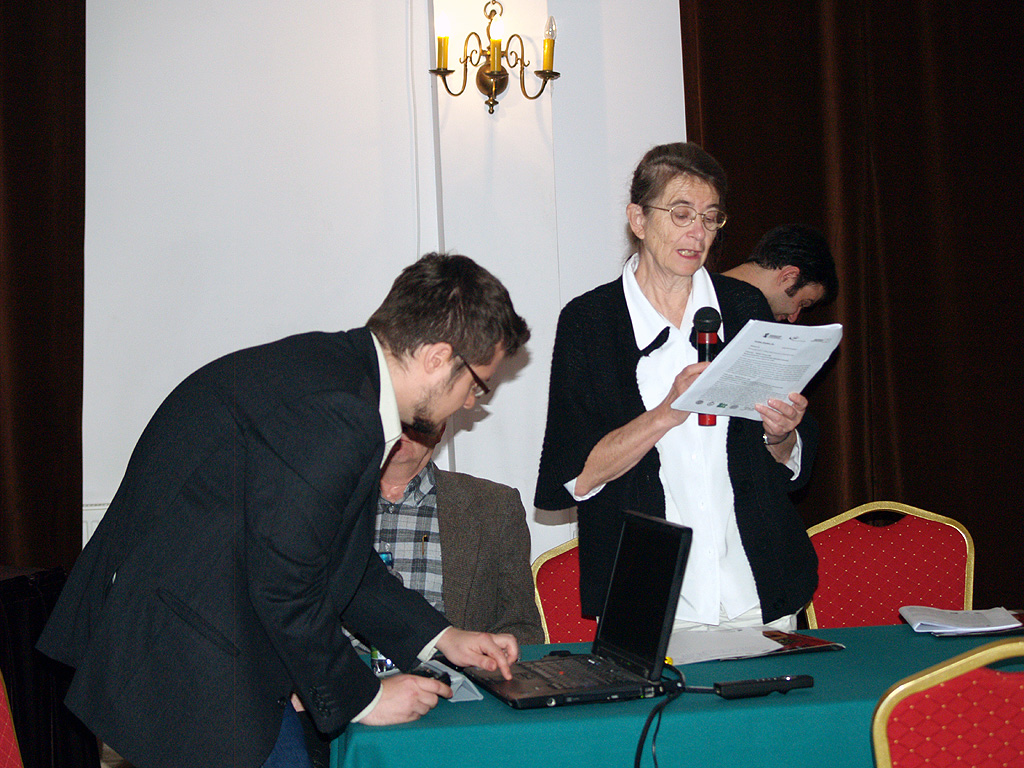
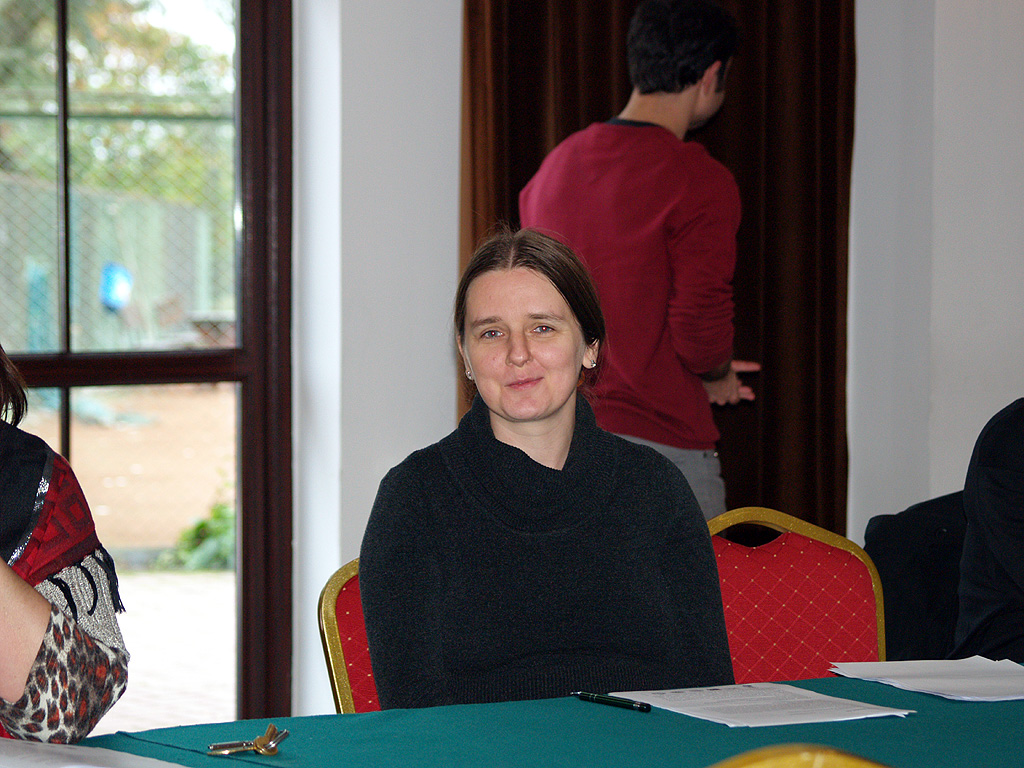
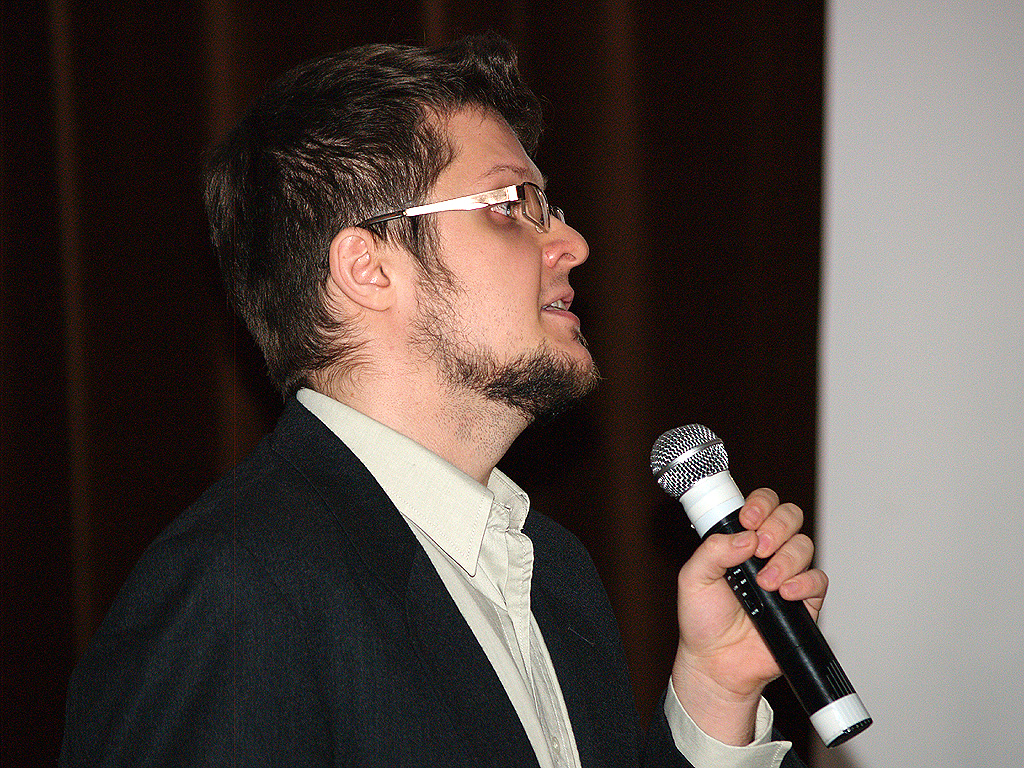
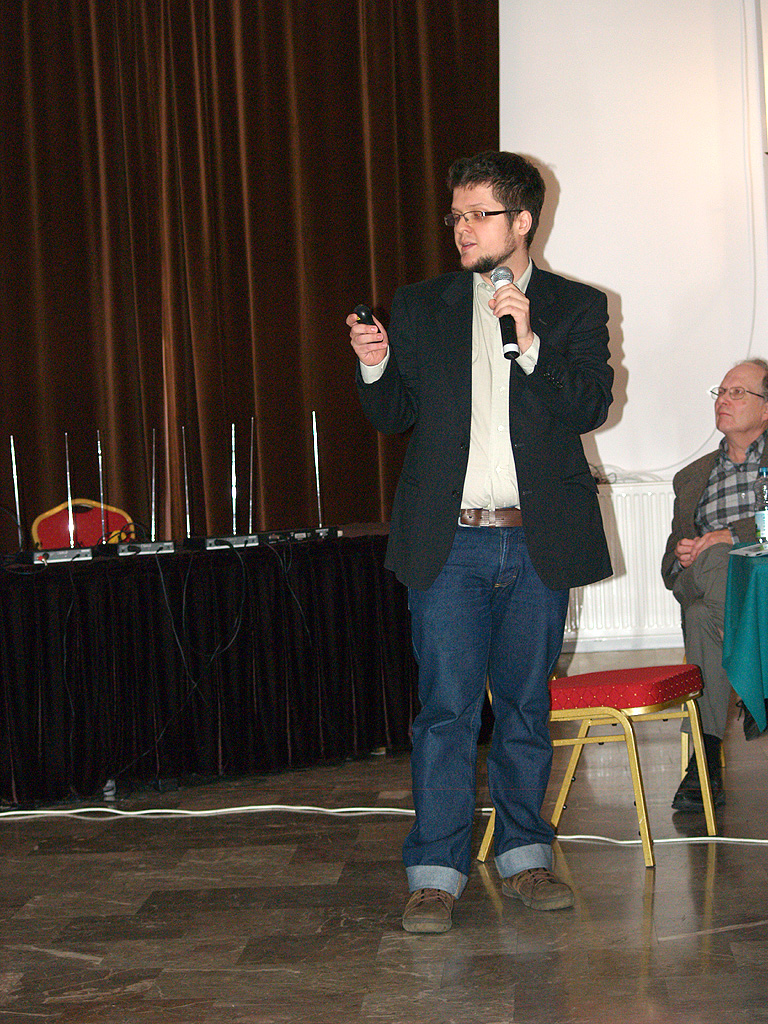
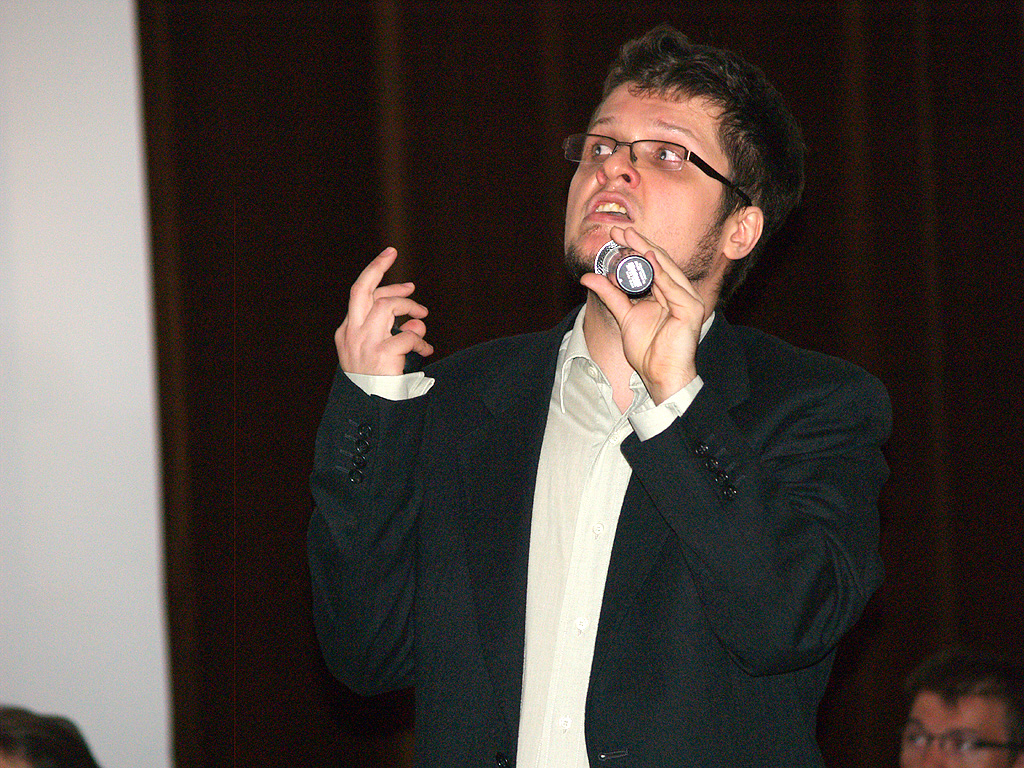
Discussion 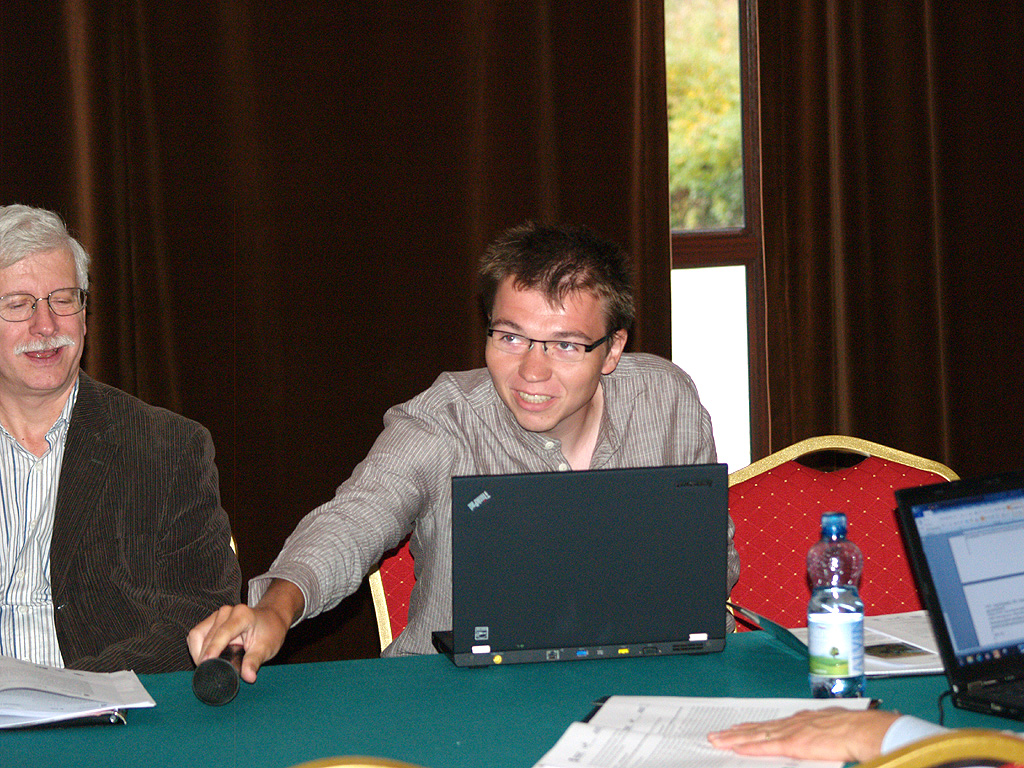

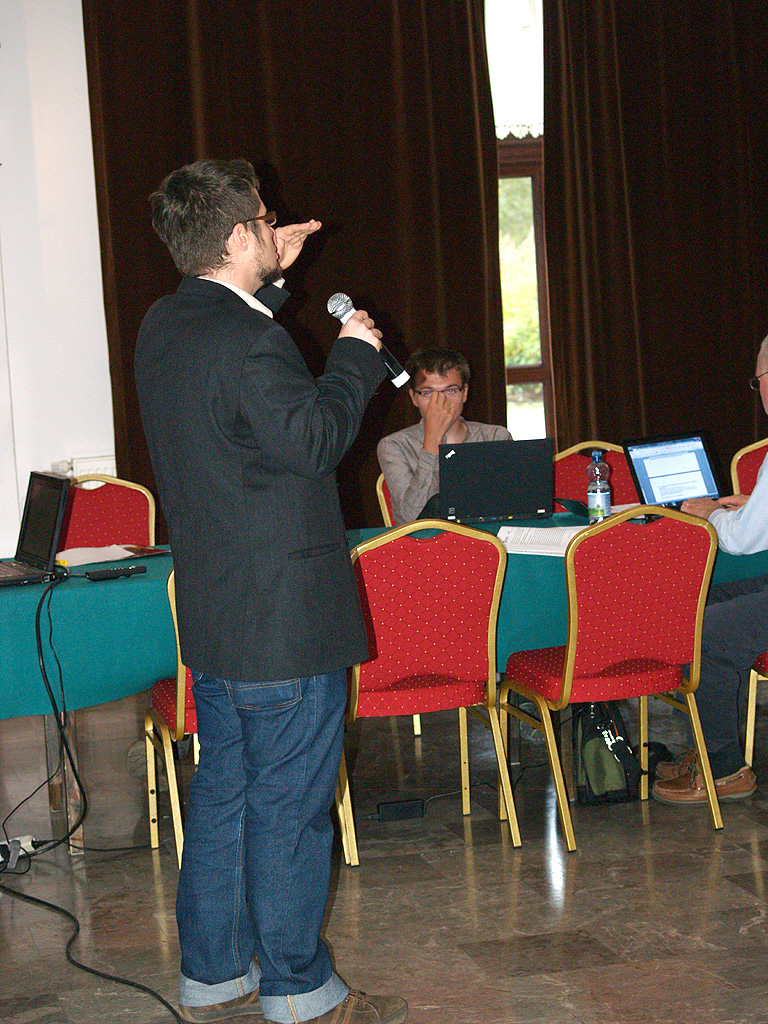
|

|